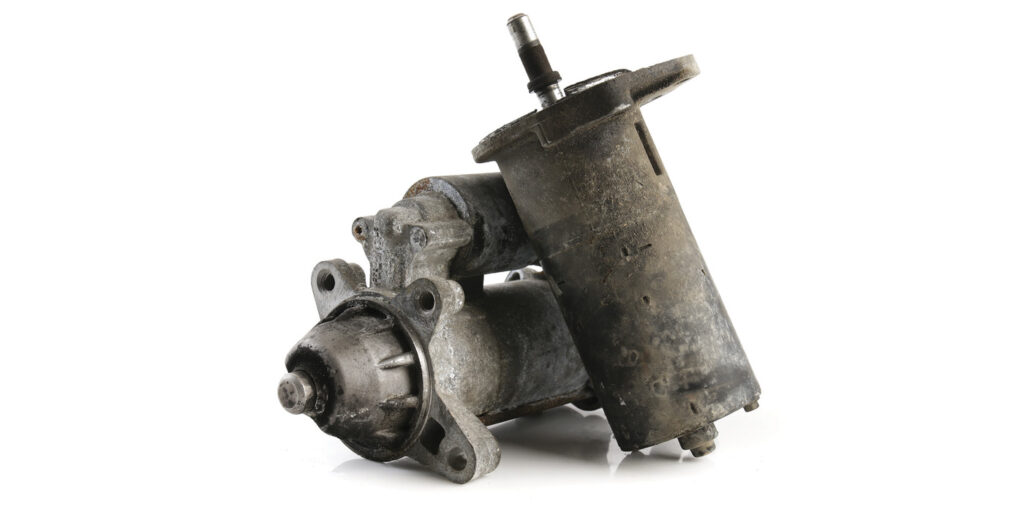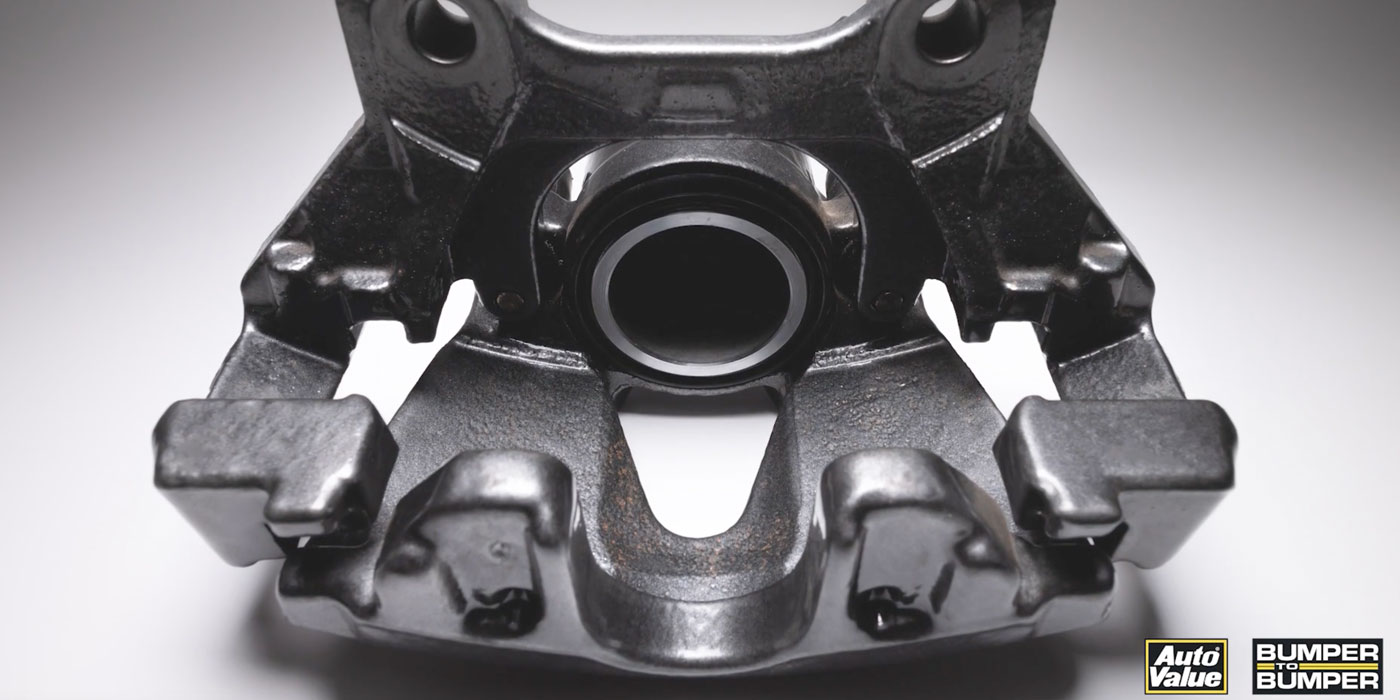Cores play a significant role in our daily operations, but we tend to forget their impact on our store’s inventory and profitability. Many of our products are available to us in remanufactured or rebuilt form, allowing us greater access to reasonably priced, quality products that help us remain competitive and giving us a greater breadth of products to expand the variety of our offerings.
Remanufactured parts can be an economical and environmentally friendly alternative to all-new components and assemblies, but the remanufacturing process relies heavily on the availability of core materials to keep the cycle going. As a result, we at the store level are responsible for not only selling the parts, but also selling, tracking, handling and returning the cores that go along with these sales.
When it comes to reman parts, we represent a lot of categories: Starters, alternators, electrical motors, brake calipers, master cylinders and ECM/PCM units are all common components that carry core charges in addition to the cost of the parts themselves. Add in battery cores for recycling, and our core-return areas can get pretty packed rather quickly!
Recovered Dollars
The core-return area may seem like a dirty pile of worthless parts, until you consider that each and every one of these pieces represents recovered dollars that have passed across our counters. For each “deposit” part that we receive from the warehouse or distribution center, the core charge comes along for the ride. “Clean cores” (the surcharges we pay above the cost of the physical part) are billed to us on our invoices, yet take up zero space on our shelves, so they can sometimes be overlooked when we consider the value of our inventory. “Dirty cores” (those used parts that have already been returned, sitting in greasy boxes in a dark, out-of-the-way corner of the back room) also have inventory value, until they are accepted for return to our vendors.
Keeping track of our core inventories (both “clean” and “dirty”) is an easily controllable way of maintaining a healthy inventory, and boosting our monthly profits. For example, take a starter that costs the store $100 and has a $50 core charge. If we make a reasonable profit, selling it at retail for $150 (and the customer exchanges the core on the spot), we have only recovered our original investment. The only way of seeing that $50 profit is to be sure that the core is returned to the DC and credited in a timely manner. Now, let’s say that the $50 core is damaged, and the vendor refuses to give us back the full credit amount. Or even worse, we didn’t charge the core to our customer because that customer promised to “bring it back later” and we haven’t seen him since. Either way, the store loses out on the profit potential from that part.
All cores, regardless of the customer, should be accounted for during the invoicing process. For commercial accounts with a line of credit, cores are easily tracked and refunded. Delivery drivers should be instructed to ask for returns (including cores) whenever they stop, unless this function is delegated to a route salesperson. Cash customers should be encouraged to make their core exchanges at the time of purchase whenever possible. This helps prevent the return of mismatched or damaged cores, as well as reducing the number of cash or credit-card returns in the days following the initial sale. In both cases, it expedites the process of getting cores returned to the vendor and clearing them off your inventory.
Dirty core returns (as well as defective/warranty returns that involve core charges) should be processed and shipped back on a regular schedule, to maximize the store’s cashflow, reduce in-store clutter and ensure that needed cores continue to flow through the supply chain. For new returns to the vendor, timely returns clear the books of both the part and its associated core charge. The clean cores held in our inventory also are subject to the same holding costs as the parts they are “attached” to, so we should be especially aware of any reman parts that are underperforming in our inventories. Cores contribute to the total cost of the idle capital that these parts represent. Cores are often overlooked as part of a store’s overall profitability, but efficient core handling, processing and tracking can have a positive effect on the monthly P&L. In an industry where operating costs are rising, and margins continue to shrink, we need to look for advantages anywhere we can!












